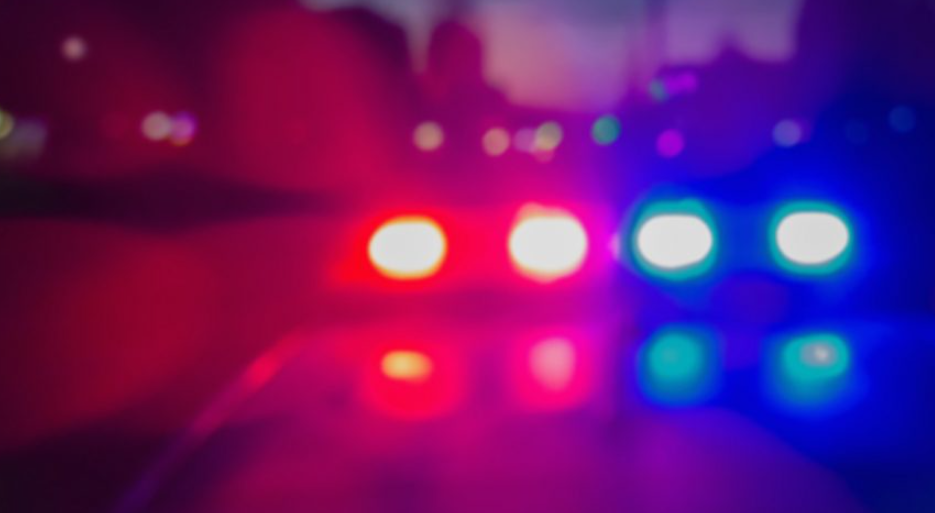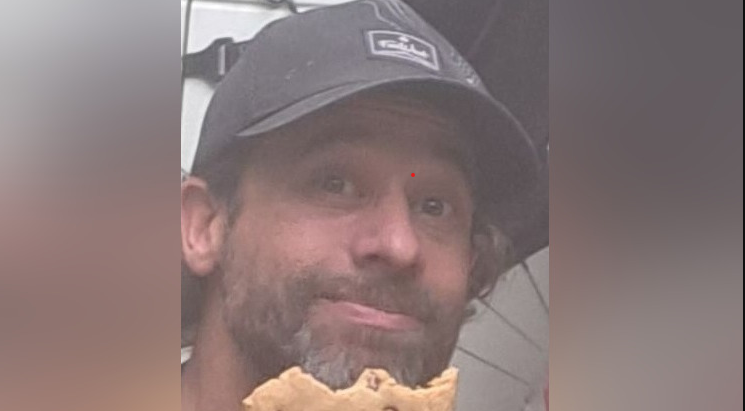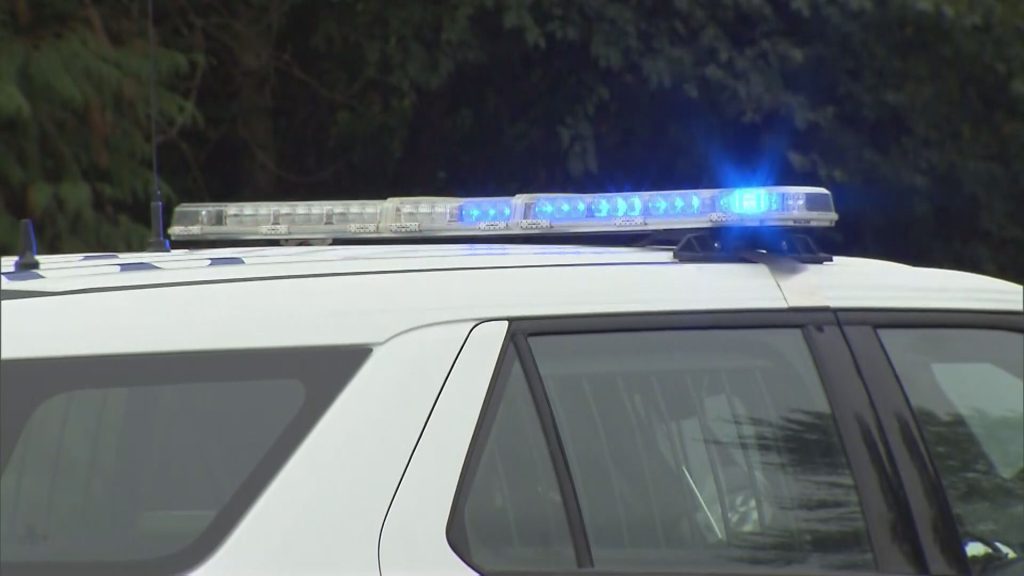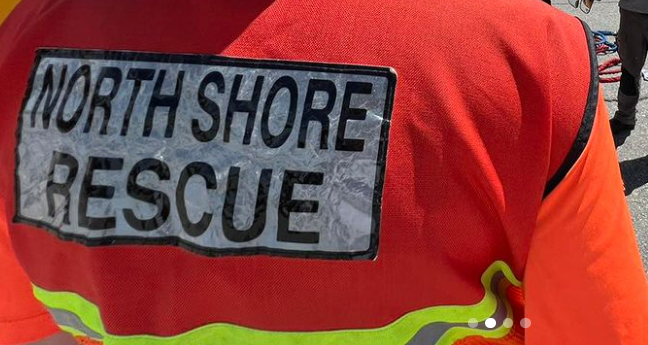‘People aren’t able to move on’: B.C. autopsy rate, quality questioned
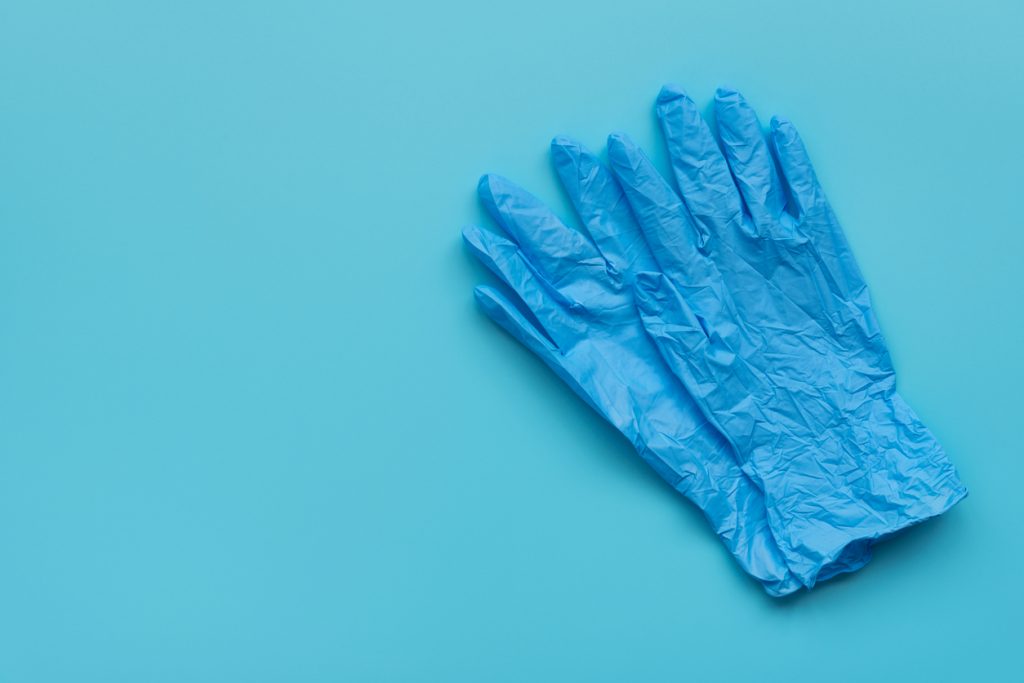
Posted June 10, 2022 9:50 am.
Last Updated June 10, 2022 11:20 am.
In the wake of B.C.’s tragic heat dome, questions are being raised into the ongoing actions of BC Coroners Service when it comes to how it examines unexpected deaths.
“The autopsy rate B.C. is incredibly low … among the lowest in the Western world,” said Dr. Matthew Orde, a forensic pathologist whose work is currently in Saskatchewan.
“The autopsy rate is about 0.21 per 1,000 population per year,” he claimed. “U.S. guidelines suggest we should be aiming {for in the region of] about one per cent. So, the rate is about a fifth [of the] desired rate, which is obviously very low. I think as a result, we are undoubtedly missing things that could otherwise be picked up by a full autopsy examination of people who die unexpectedly.”
There are several reasons autopsies are conducted. They include giving experts and policy-makers information so they can learn how to prevent similar deaths. Autopsies also help give family and friends of the deceased answers.
“Studies have shown time and time again that without that firm knowledge, people aren’t able to move on, to address the grief, and to move on productively in their lives,” said Orde, who is also a clinical associate professor at UBC.
He doesn’t believe autopsies were conducted for most of the 619 people who died as a direct result of extreme heat in B.C. last year.
The BC Coroners Service did not provide an exact number, but suggested that overall autopsies were not performed as the majority were older people who had underlying health conditions.
“The vast majority of people who died during the heat dome were elderly with chronic health conditions that made them more susceptible to the effects of heat. Autopsies were performed when determined necessary by the reviewing forensic pathologist. In general, autopsies were undertaken when younger people with no significant medical conditions were found deceased during the heat dome,” the service said.
Tragic deaths such as Ms Mckinlay’s merit the very best investigation to ensure that lessons are learned, so that we might take steps to prevent future deaths of a similar nature.
Forensic pathology input and meticulous postmortem assessment is key.
(2/9)— Matt Orde (@CanadianForMed) June 8, 2022
Orde read the Coronor’s Report into the death of Tracey McKinlay, who died on June 28, 2021 on a day the temperature rose to 31.7 degrees Celcius at Vancouver International Airport. With humidity, it felt like 40 degrees.
“Looking at this one death, it seems to me that no autopsy was performed, and then no toxicological assessment was undertaken,” he said, adding that while the information available is scarce, there seems to be many remaining questions.
The information related to this death, Orde believes, is “very limited.”
“I don’t know the full extent of examinations undertaken in relation to these possible heat related deaths in 2021. But upon the basis of the evidence I have, it would seem that many of these investigations were woefully substandard,” he said.
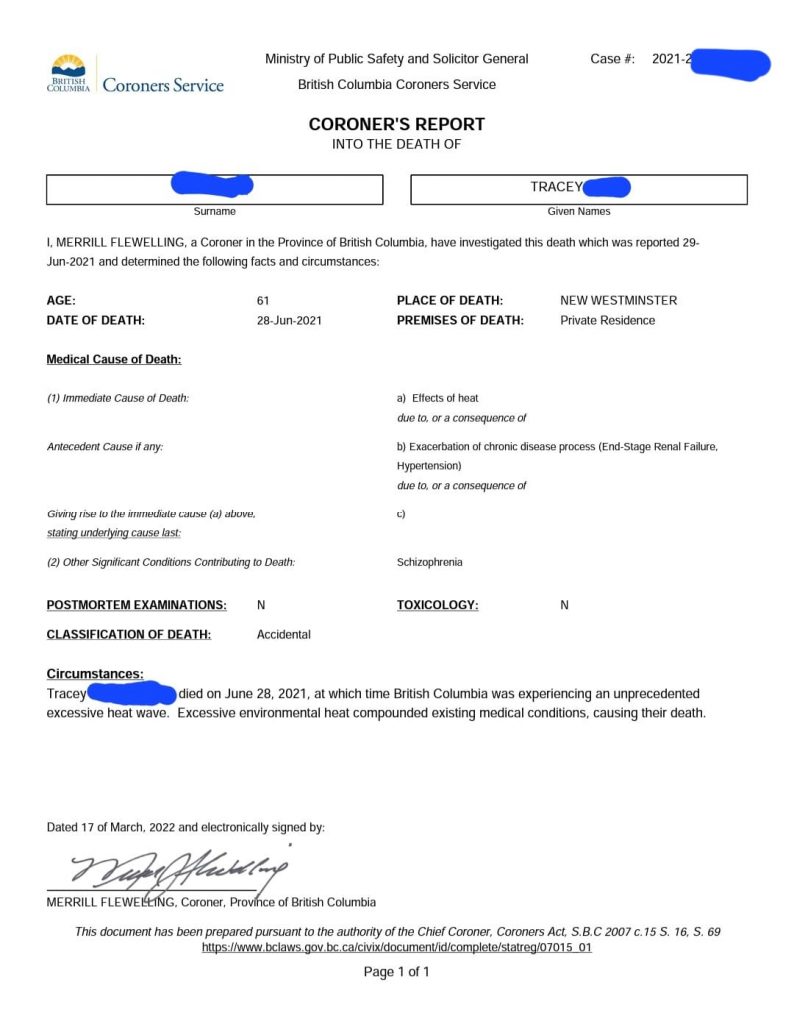
A Coroners Report into the death of Tracey McKinlay, 61, on June 28, 2021. McKinlay’s sister, Jeanne Hansen, says she received the report nearly a year after McKinlay died. (Courtesy: Jeanne Hansen)
The BC Coroners Service says its priority is “making sure each death is thoroughly and completely investigated.”
“For each of the 619 death investigations, significant information was gathered and reviewed. The value of the recommendations made by the Death Review Panel were directly correlated with the level of data that was collected during these investigations. We believe that these investigations and the DRP report will drive positive policy change in BC and greatly reduce the likelihood of significant deaths in the future,” the service said.
B.C. is somewhat unusual in how it conducts death investigations as coroners are not required to have medical training and do not perform autopsies or other specialized procedures. Coroners can authorize a medical practitioner, like the pathologist, to do a post-mortem examination in some cases, but in B.C., that is done in only a small percentage of the deaths.
B.C. conducts an average 2,000 autopsies every year, the service says, whereas Alberta handles more than 4,000. Looking at data provided by Statistics Canada, B.C. used to perform more autopsies prior to 2011.
Read more: This is Tracey McKinlay, one of 619 people who died in B.C.’s heat dome
Another an example of a place Orde says conducts far more in-depth autopsies is Australia, where he says most bodies are referred to the coroner for a medical legal investigation.
“It would be subject to a CT scan, and the body would typically be looked at by a pathologist, even if only the external examination. The body would be brought into a morgue, undressed, examined under good lighting by an expert pathologist who is used to examining dead persons to try and ascertain whether there’s any disease and injury. Only at that stage, and often with toxicological analysis had been undertaken as well, will the team then decide how best to proceed — whether or not to have an autopsy or not.”
In B.C., meanwhile, Orde says a “non-medically trained coroner, who will typically look at the body at the scene without undressing, without good lighting, and without medical training.”
Families of toxic drug victims also left waiting
Long waits for coroners reports is a problem also faced by families in B.C.’s ongoing toxic drug crisis, who are often waiting for closure after their loved ones’ deaths.
Leslie McBain with Moms Stop the Harm knows firsthand how difficult it is to wait, but in her case, she felt very supported by the BC Coroners Office.
“It is impactful to families to have that coroner’s report and I remember when my son died, I wanted to hear it, I needed to know,” she said.
McBain says someone would call her every month and update her on the progress when her son Jordan died in 2014, adding it took months before they received the official report. She says that monthly conversation was helpful to her while she was grieving.
“It’s very difficult to wait all this time because it is sort of a symbolic finality and people can get on with their grieving once they know details. It’s just how we are. I can’t explain why but it just is,” she said.
The situation has worsened drastically, with thousands of people dying to toxic drugs in B.C., compounded with the recent weather events and more than 3,500 lives lost to COVID-19. Some families are left waiting over a year for the report, and in many cases, families are not able to have a burial service until the investigation is complete.
Related article: B.C. heat review: Coroner says more coordinated response needed after deadly 2021 event
For the McKinlay family, the 61-year-old cause of death wasn’t officially confirmed until almost a year later. McKinlay’s sister says she understands the heat dome deaths put an unprecedented pressure on the system, including the BC Coroners Service.
“The Coroners Service had not anticipated the significant impact of the death dome on the province’s population, and on-call coroners were challenged in responding to the 400% increase in deaths that were reported that week. Additional coroners were added to enhance the Service’s response and to reduce delays in attendance,” the service said in a statement to CityNews.
For his part, Orde agrees an overloaded workload due to the number of people who died in the heat dome was likely a major factor, “but having said that, with the proper system in place to accommodate such tests … the process, I think, could be a lot more straightforward and streamlined and probably produce results on a quicker basis.”
In its report, The BC Coroners Service admits that the “First responders reported that lack of other agency availability (including coroner response) resulted in personnel remaining on scene for extended periods until transport of the patient or decedent could occur.”
For McKinlay’s family, that meant officers stayed with their sister’s body overnight waiting for the coroner to arrive. The family wasn’t notified of the death until after the coroner had arrived the next day.
While Orde does not dispute a correlation between McKinlay’s death and the extreme heat, without a port-mortem examination or toxicology, he finds it hard to make a concrete conclusion.
“It doesn’t necessarily follow that the heat would have necessarily contributed at all. It’s a statistical exercise, rather than the scientific process that I think should be undertaken to investigate these deaths properly.”
He believes as investigators, they need to keep an open mind to all possibilities.
With files from Martin MacMahon
